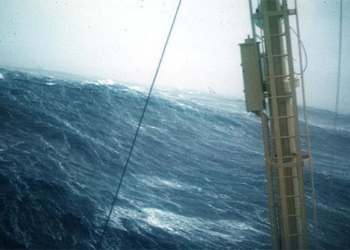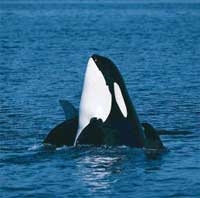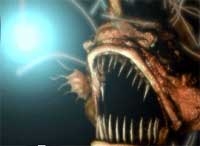Scientists have used modern equipment to capture images of new marine species, including flying sea cucumbers, bioluminescent sea urchins, and giant crabs, in the deep waters of the Gascoyne Marine Park.
Researchers from the Commonwealth Scientific and Industrial Research Organisation (CSIRO) in Australia have utilized specialized cameras to document the first images of these newly discovered deep-sea organisms.
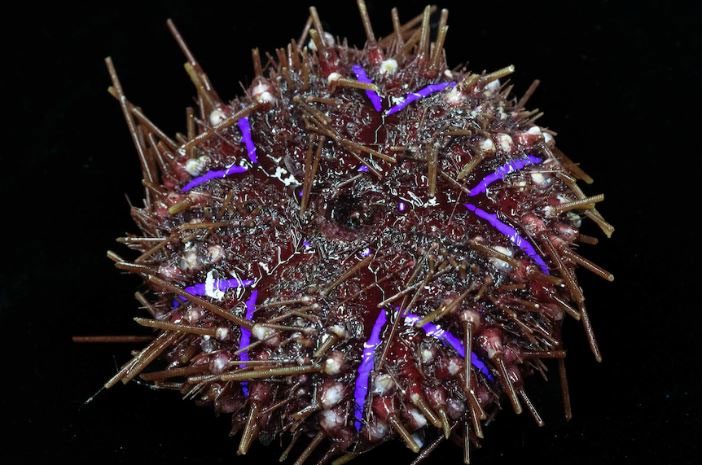
A colorful bioluminescent sea urchin captured by DeepBRUV. (Source: ABC News)
The research team at CSIRO has recorded new marine species for the first time, including flying sea cucumbers, glowing sea urchins, and giant crabs.
Currently, they are surveying marine parks off the coast of Western Australia.
Scientists aboard the Research Vessel (RV) Investigator have employed two specialized cameras to video and take high-resolution photos at depths of up to 4,000 meters in the Gascoyne Marine Park.
Additionally, the Deep Remote Underwater Video System (DeepBRUVS) designed by the CSIRO engineering and technology team can operate continuously for 36 hours per deployment, helping researchers gain a better understanding of the behavior of marine species.
John Keesing, the lead scientist of the project, stated that these new images will assist in the management of the marine park. Through this project, researchers have identified organisms that have never been documented in other countries.
According to Keesing, among the new species discovered, there are at least three new species of sharks and a significant number of invertebrate marine organisms.
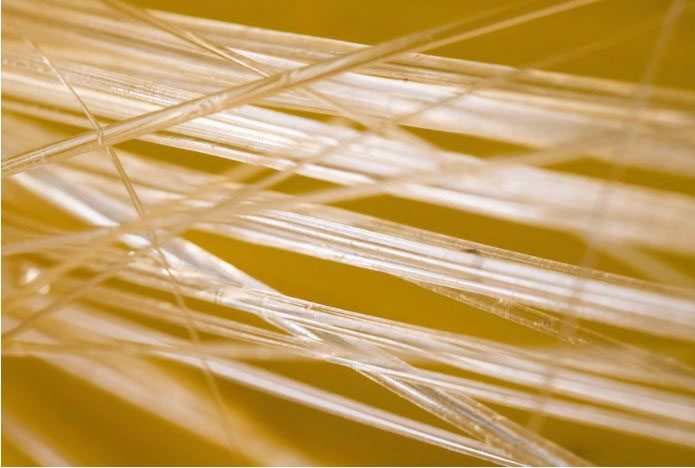
The giant glass spines of deep-sea glass sponges can grow longer than 3 meters. (Source: ABC News).
The initial surveys at Gascoyne Marine Park and Carnarvon Canyon off the coast of Western Australia in the Indian Ocean, conducted by CSIRO in collaboration with Parks Australia, are part of efforts to better understand complex ecosystems.
Parks Australia manages 60 marine parks, covering 39% of Australia’s marine area.








































